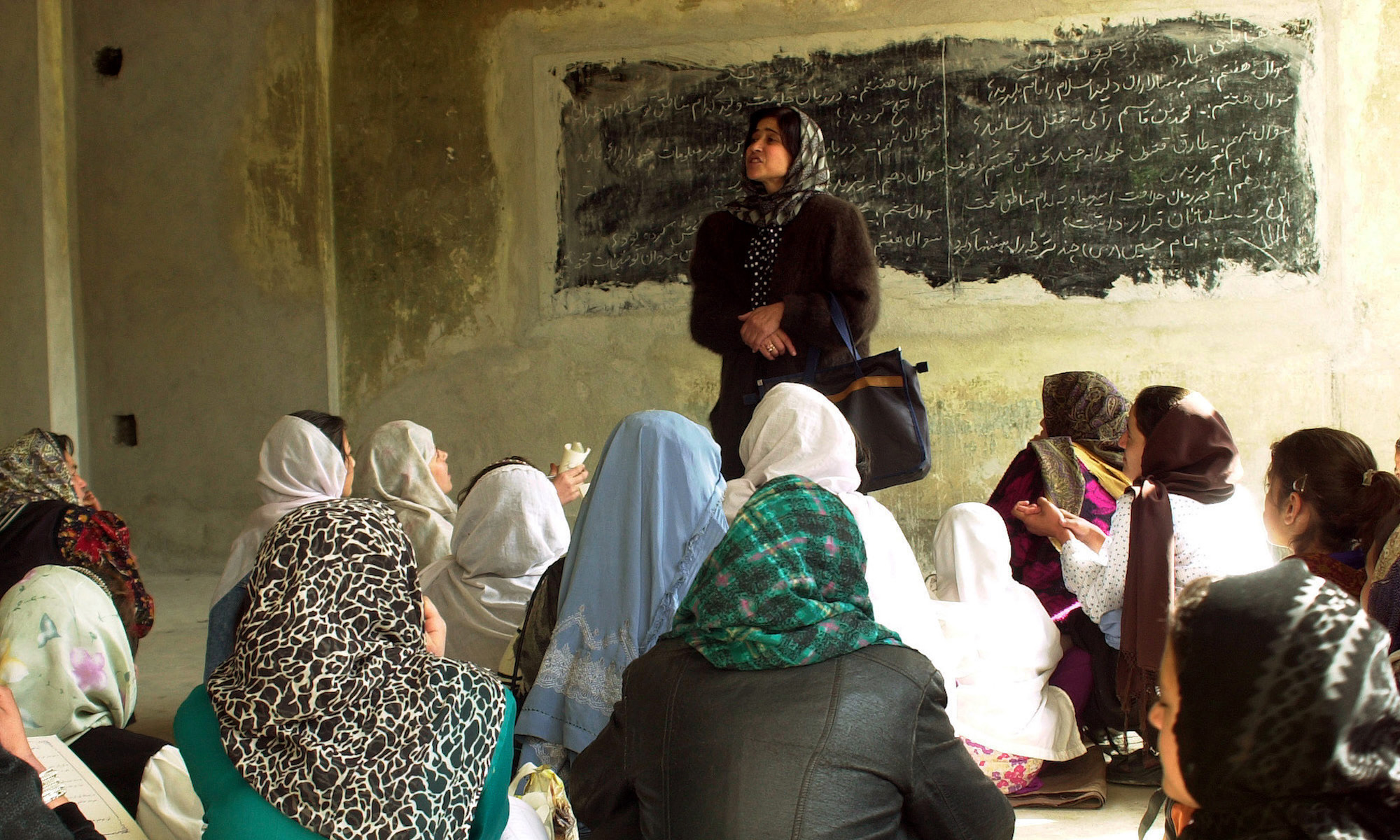Negotiated civil war terminations differ from their interstate war counterparts in that one side must disarm and cease to exist as a fighting entity. While termination through military victory provides a relatively more enduring peace, many civil wars end with peace agreements signed after negotiations. However, research has shown that the implementation of civil war peace agreements is difficult and prone to collapse. Often these failures are followed by recurrence of the conflict. In some cases, the agreements break down before key provisions are implemented. This article adds to this topic by focusing on the role of state capacity in peace agreement success. We argue that peace agreements and state capacity are necessary but not sufficient conditions for sustainable peace. The article employs a case study approach to explore the importance of state capacity in implementing civil war peace agreements. The role of third-party interventions is also considered. The cases (United Kingdom-Northern Ireland, Indonesia-Aceh, Burundi, Mali, and Somalia) include 14 peace agreements that vary by war type (secessionist or control over government), type of agreement (comprehensive or partial), levels of state capacity (high or low), and peace success (success, partial or failure), and each experienced third-party involvement in the peace process.
From Politics to Arms to Politics Again: The Transition of the Gerakan Acheh Merdeka (Free Aceh Movement – GAM)
The present peace agreement reached by GAM and the government of Indonesia has brought major changes to the political landscape in the Province of Aceh, transforming GAM from being an armed group to becoming a non-armed poltical movement which has to compete in a regular electoral process. This paper looks at the character of the GAM movement, how it was drawn into the armed struggle, the factors and events that affected its adoption of a political strategy, and the present outcome of its transition. It was co-written by an Acehnese scholar and a German researcher, based on contributions made by two leading GAM members during the course of several focus group discussions.
